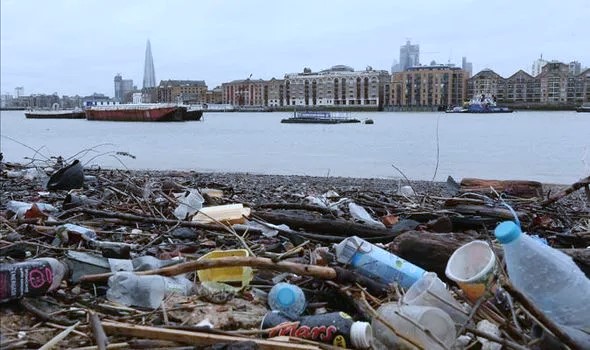
This article summarises the recycling rates for waste collected by local authorities of London. In comparison to other regions in England, London has the lowest recycling rates in the country, recycling only 29.3% of waste collected while the national average is 41.5%. Overall, the boroughs of London produce 5.1% of all waste in England despite having the smallest land area and highest wealth concentration. It’s important to improve recycling rates to improve the overall health, quality and sustainability of London’s resource management.
Data Sources: Official Statistics from the UK Department for Environment, Food and Rural Affairs. Office of National Statistics.
The data is based on public records from the Department for Environment, Food & Rural Affairs. Even though we are all becoming increasingly aware of the societal and environmental benefits of recycling, households are recycling 3.5% less waste compared to previous years. This trend must be reversed in order to meet our national waste reduction targets. Within London, the highest recycling rate is in Bexley where 54.2% of waste collected is recycled. The lowest recycling rate is in Newham where only 16.9% of waste collected is recycled.
The recycling and waste management industry in London is rapidly changing as local government and businesses are working to reduce their environmental impact. Waste management companies are increasingly investing in technology to improve their waste collection and processing capacity. Recycling infrastructure is being improved with new sorting technologies being introduced. In addition, there is a growing demand for raw materials inputs for the manufacturing industries, leading to an increased focus on reducing costs through the procurement of renewable materials and the circular economy.
It is a well-known socio-economic phenomenon that as people get wealthier they consume and waste more resources. A lack of awareness in the environmental benefits of recycling is the biggest behavioural factor holding people back from recycling. A disposable lifestyle and the rise in single-use items, such as fast fashion and plastic packaging for consumer products is also increasing waste sent to landfills. For this reason, we need to find ways to design products and infrastructure that makes it convenient for people to recycle.
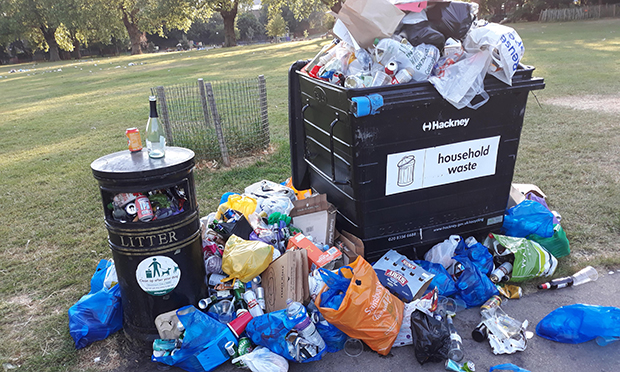
To improve recycling rates, communities must focus on four major areas: education, engagement, infrastructure and incentives. Investing in infrastructure will only deliver benefits if communities are engaged and motivated to participate in recycling. This can be achieved by providing recycling containers with clear labelling and conducting public outreach campaigns. Additionally, designing products for the circular economy can provide economic incentives for people to participate in recycling programmes and lower their personal cost of living.
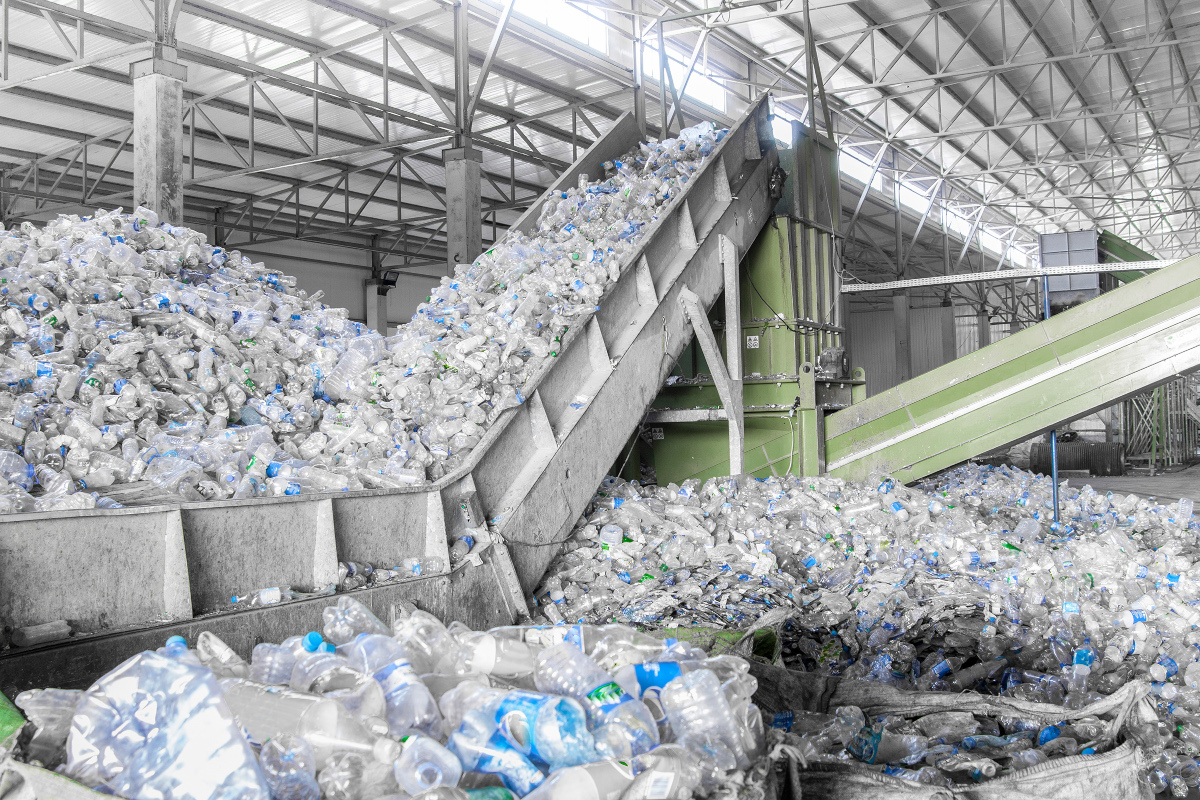
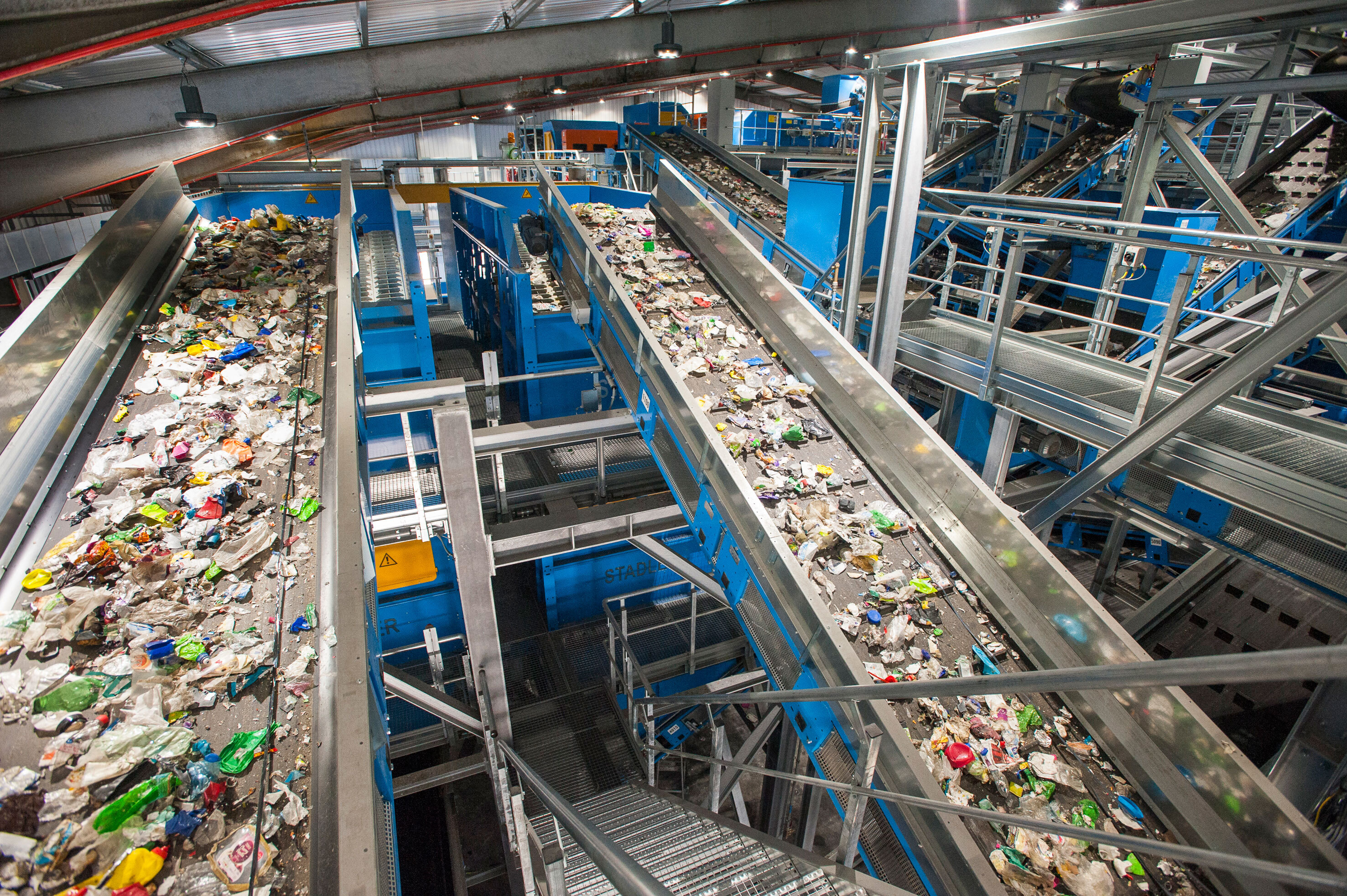
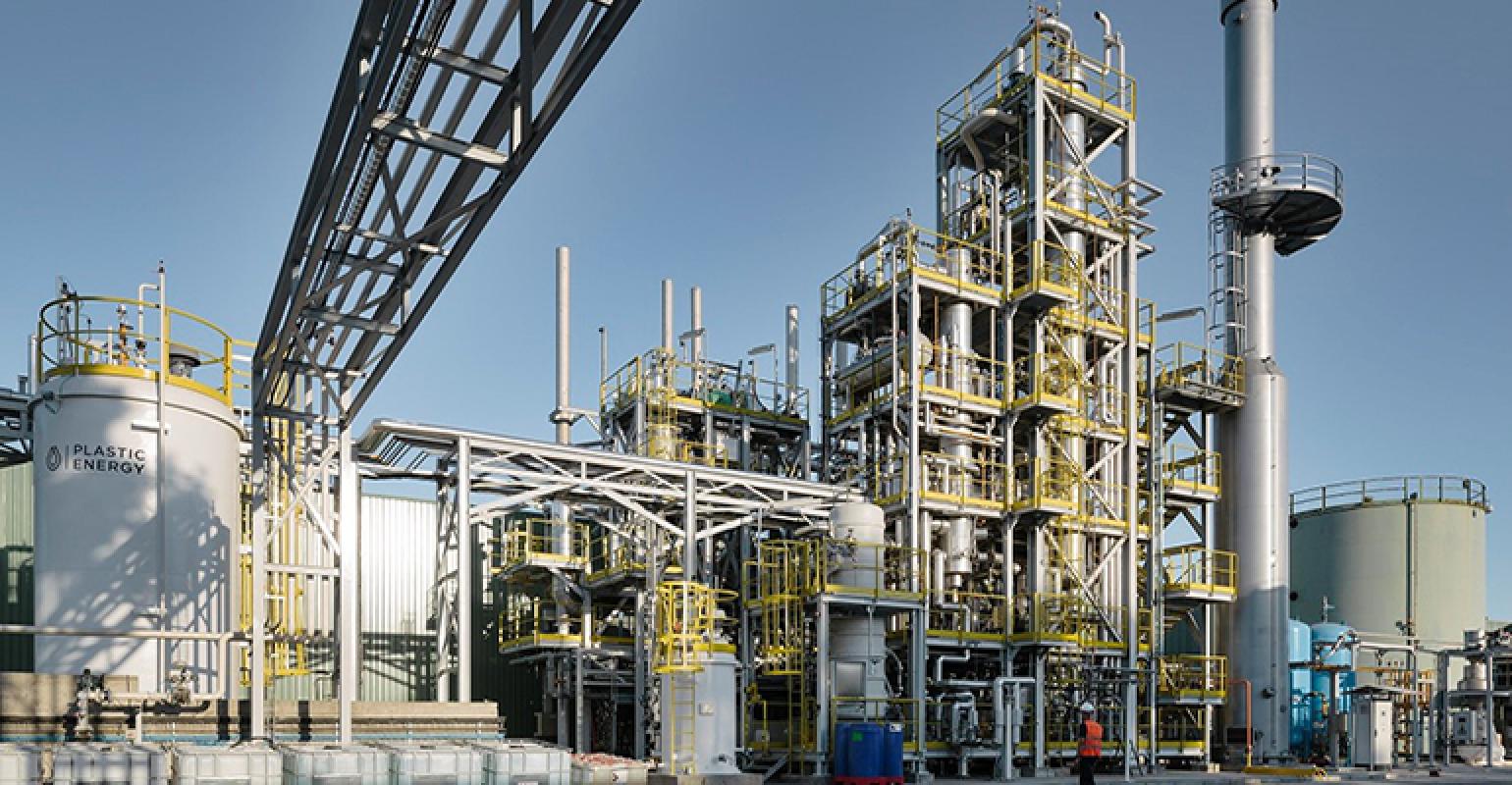
copyright Authentic Evidence Limited
Companies like TrueCircle Technologies and Plastic Energy are leading the way in improving recycling rates and promoting the use of renewable materials in the circular economy. TrueCircle is a British technology company that combines the use of Industrial Internet of Things (IoT), Computer Vision (CV), and web apps to make it easier to procure and trade renewable materials in the commodity markets. Plastic Energy is a Spanish energy producer with offices in London, Madrid and Seville using patented technologies to turn plastic waste into energy for heating and electricity.
As we look to modernise infrastructure for a sustainable future, the circular economy provides an economic system to eliminate waste, reduce pollution and reduce the cost of sourcing new materials in manufacturing and construction. When implemented properly, the circular economy can introduce new design concepts that make it easier to extract raw materials from end-of-life products, reduce the amount of hazardous and non-hazardous waste sent to landfills, increase land area for development and promote greater resource efficiency.